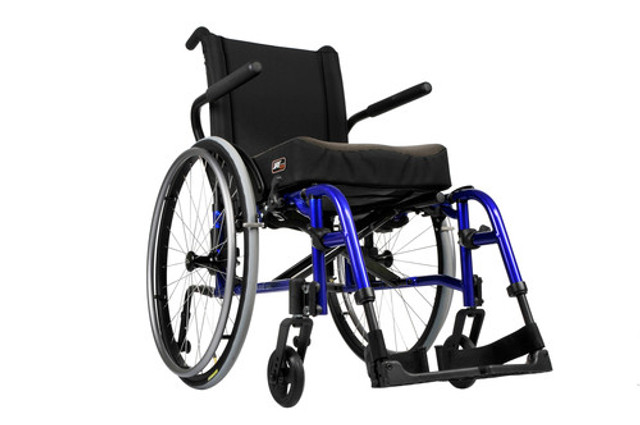
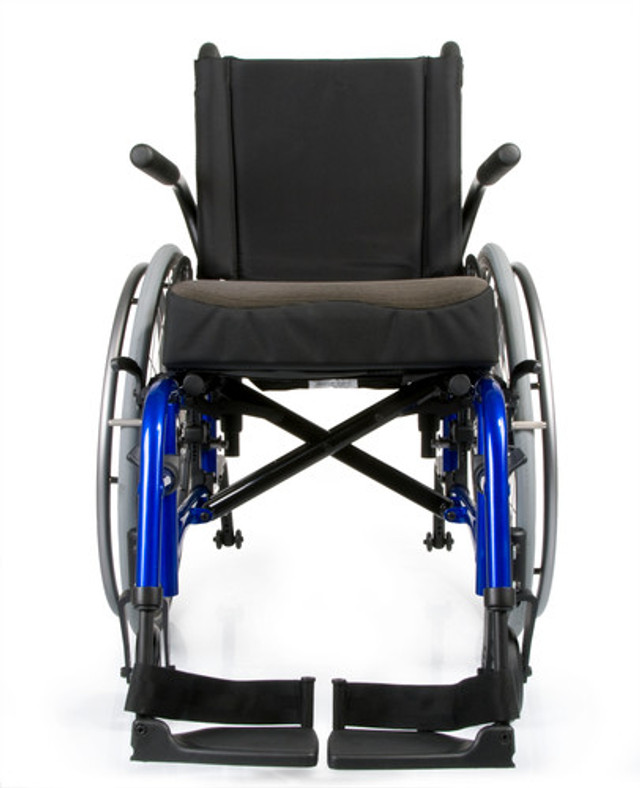
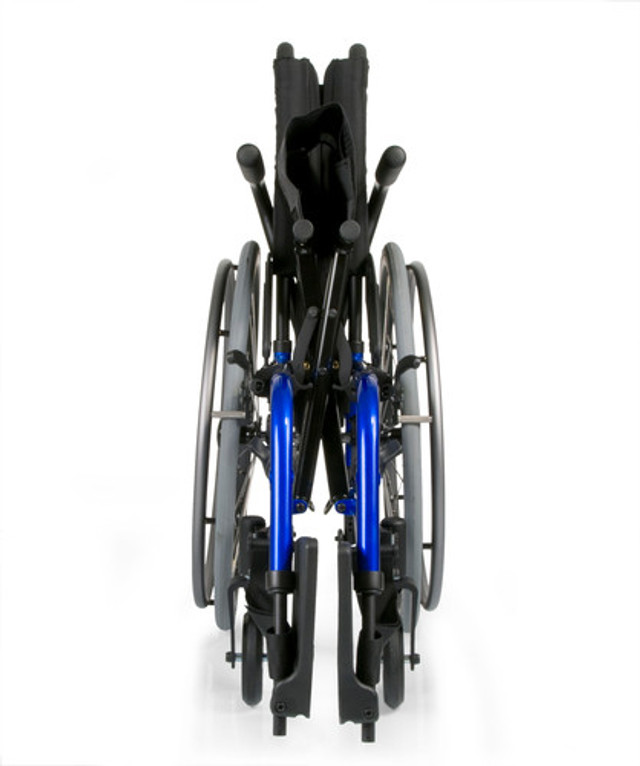
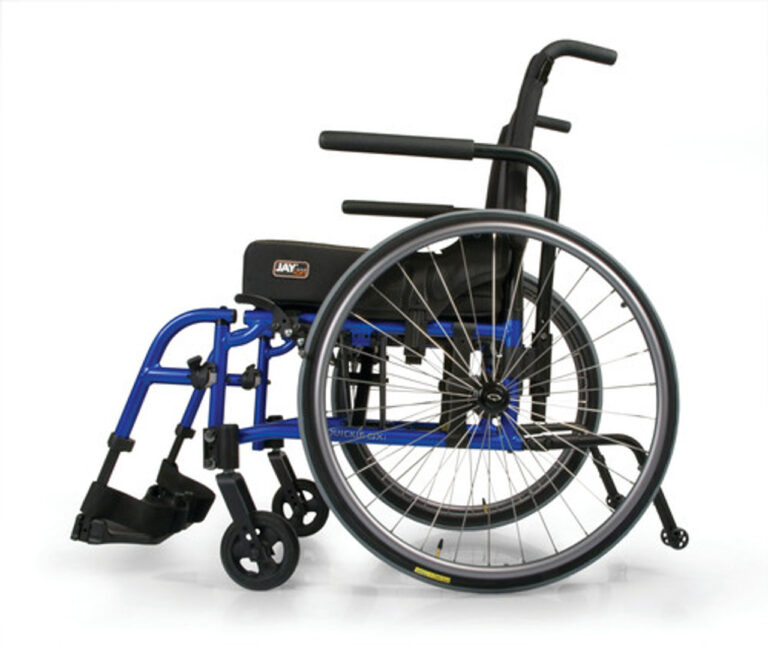
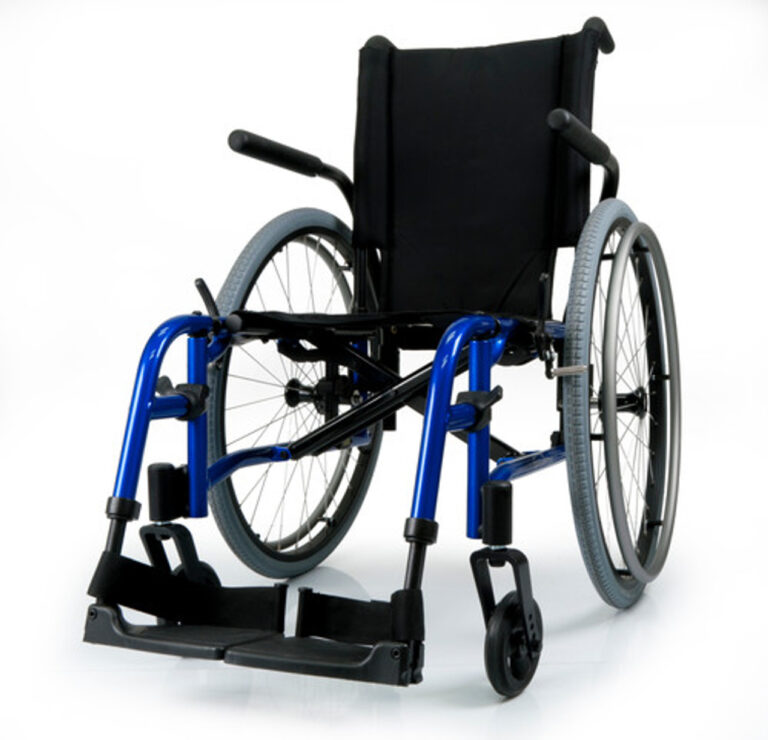
$1,150.00
The Quickie QXi are durable, low-maintenance wheelchair frames that are perfect for the person looking for simplicity, longevity, and Quickie’s most popular options at the right price.

The Quickie QXi are durable, low-maintenance wheelchair frames that are perfect for the person looking for simplicity, longevity, and Quickie’s most popular options at the right price.
The QXi’s utilitarian, 300 lbs. weight capacity frames are built to last. During rigorous durability testing, the QXi frame emulated 20 years of reliable performance! The one-piece side frames and three-arm crossbrace that locks inside the side frames reduce moving parts and give the folding QXi wheelchairs a more rigid ride quality.
Features
Sunrise Medical
Sunrise Medical is a world leader in the development, design, manufacture and distribution of manual and powered wheelchairs, mobility scooters and both standard and customized seating and positioning systems
Spec
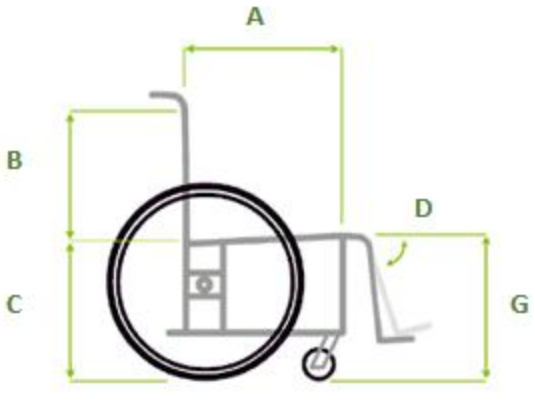
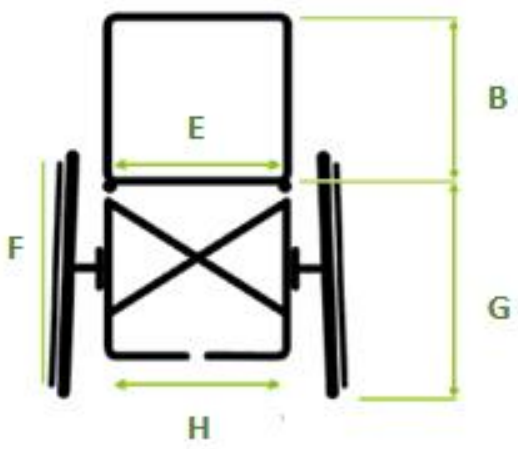
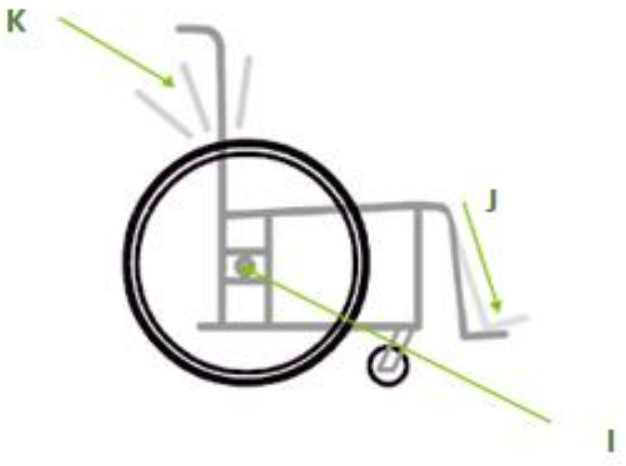
Only logged in customers who have purchased this product may leave a review.
Explore top-quality electric wheelchair and manual wheelchairs designed for comfort, mobility, and independence. Find the perfect wheelchair to fit your needs today
Wheelchair-zone.com ©2010- 2025 | Wheelchair Zone, Inc. All Rights Reserved.

Reviews
There are no reviews yet.